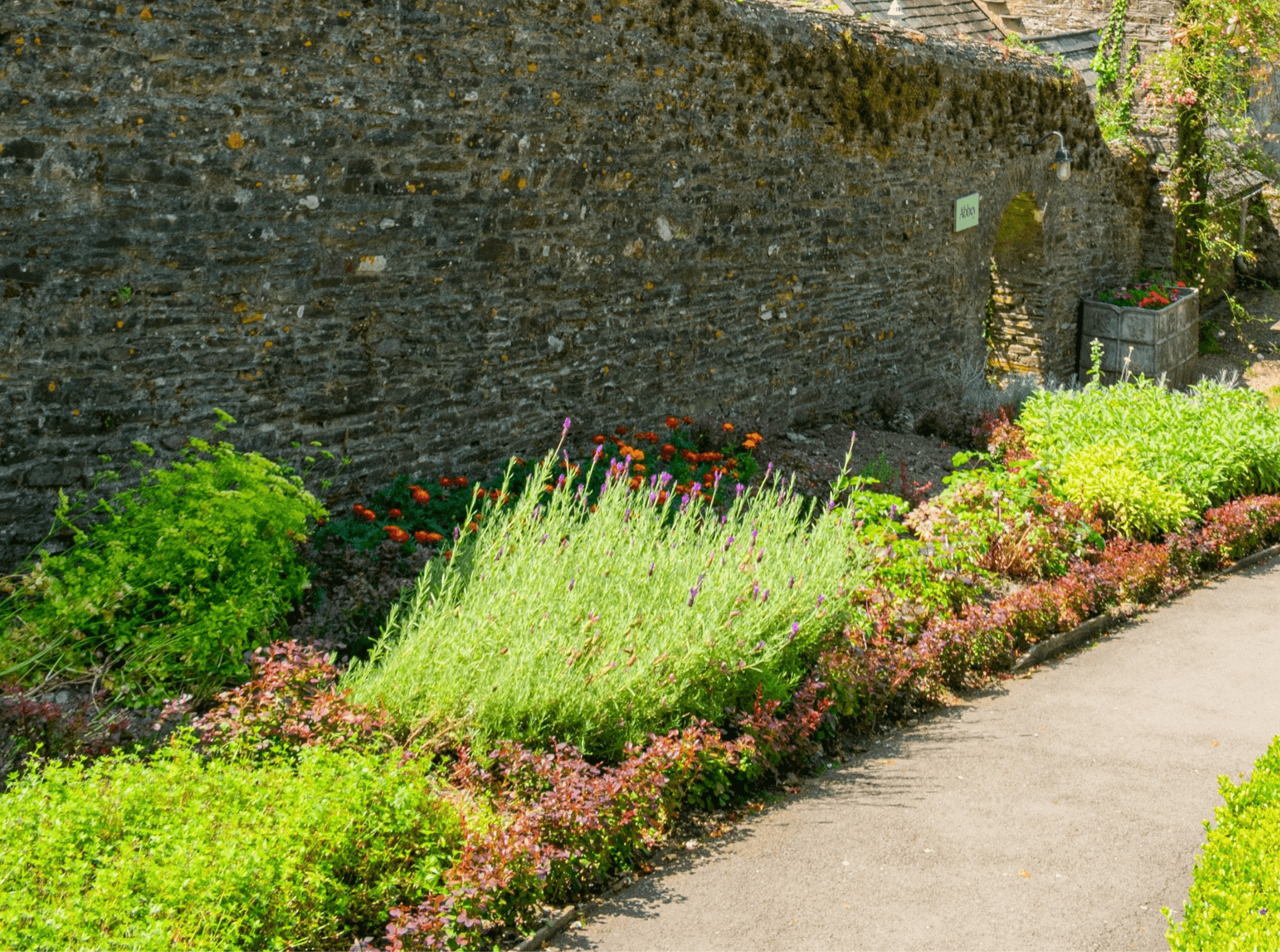
Making Material Selections for Safety, Function, and Aesthetics
Retaining walls are installed to keep soil in an elevated position. They are often vertical and divide two distinct levels of ground that may be flat or sloped. Smaller retaining walls are used for residential yard design and larger-scale projects for buildings or roads to prevent soil from slipping.
Choosing the right retaining wall material for your project requires careful consideration based on the direction you are moving in and its limitations. In this article, we explore the different characteristics to consider and dive into the options you have to choose from.
What is a Retaining Wall?
A retaining wall is a wall build to hold soil into place at different elevations. It can be built out of wood, stones or concrete blocks that rely on gravity rather than a mortar substance. Water exposure can cause the soil to shift and move, which can either be dangerous or a mess to clean up.
The Benefits of Adding a Retaining Wall to Your Yard
Many yards, buildings and roadways have different elevations that require structural support to keep soil in place. This often applies to landscapes where small hills exist. Retaining walls are vital in many circumstances due to various weather transitions, which can cause soil degradation. Retaining walls are a necessary safety feature to ensure your wellbeing and the wellbeing of your home.
Read More: The Many Aesthetics of Decorative Concrete
Privacy
Retaining walls can add an element of privacy to your yard and can even decrease sound pollution. They can add privacy and block views, which are less than desirable, and they are efficient sound barriers.
Luxury
A retaining wall can become an integral part of a beautifully landscaped yard. It can level things out and give it a more pleasant appearance. Retaining walls can be installed in an attractive way, creating a professionally designed and sculpted feel to your landscaping.
Safety
In many cases, a retaining wall adds a very important element of safety and is an absolute necessity to keep soil from spilling and preventing sinkholes. It also helps to prevent flooding, prevents erosion and helps to ensure your property and the surrounding structures are protected from such damage.
Preventing Soil Erosion and Providing Flood Control
If you have different grades to work with, it is imperative to keep soil at higher levels secure from weather elements. Between thawing, freezing and rain, this can all lead to landslides. It counteracts the forces of gravity and keeps soil from eroding and or flooding.
Retaining Wall Materials to Consider & The Pros and Cons of Each
There are many options to choose from when building a retaining wall. Which you choose is completely dependent on your preference and individual needs. Below, we go through the various options to choose from in terms of materials.
Concrete
Concrete is a popular option that is produced by pouring concrete directly into the form. It is a clean-cut option which is often chosen for more modern landscapes and surroundings. Concrete load restrictions are dependent on weather conditions along with other elements that can be discussed with your local professional. Concrete offers strength, variety in terms of design and form, a clean look and flexibility with respect to drainage systems. It is, however, susceptible to cracking, requires professional installation in most cases and can become damp in wet conditions.
Read More: Concrete Solutions To Increase the Value of Your Home
Gabion Stone
Gabion stone is an old method of building walls. A gabion wall is basically a cage filled with stone. This is an eco-friendly option that can withstand the worst of downpours and wet weather that you can imagine. It is flexible, easy to upgrade and can easily be built. They are, however, less visually appealing, caging can be prone to rust and are vulnerable to water damage within the basket itself.
Read More: Common Uses for Gabion Stone
Armour Stone
Armour stone is a large, heavy rock that is sourced from quarries. It was originally used for lining seawalls and riverbeds as it is highly resistant to cracking, wear and erosion. It gets its name from acting as armour for shores by protecting them from moving waters.
Read More: What Is Armour Stone and What Is It Best Used For?
Natural Stone
Natural stone walls retain all of the good qualities of other types of stone in terms of strength, durability and classic look, and allow you many different design options like boulder pieces. Stone looks beautiful and fits perfectly into a traditional rustic setting. It offers a more traditional look and offers a long lifespan. The downfall of stone is that it is usually the costliest, can cause drainage issues and is labour intensive when installing.
Read More: Natural Stone 101
Conclusion
Deciding which material to use for your retaining wall is truly dependent on many factors. Taste, budget, maintenance requirements, lifespan – the options are endless. Your local professional can help you make the decision on which is the most aesthetically pleasing to you and which option is the most ideal for your project and circumstances.
